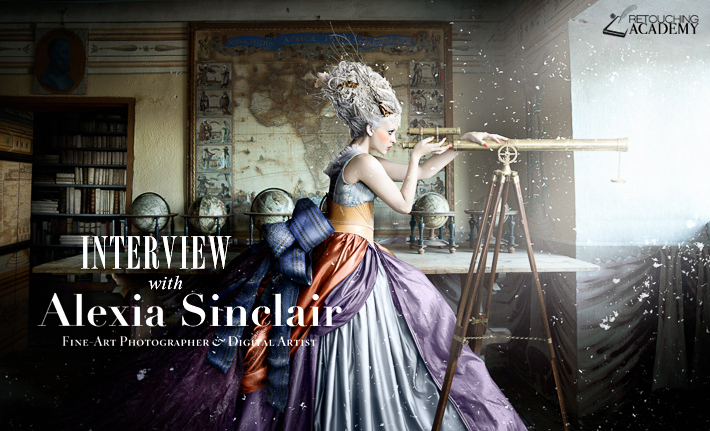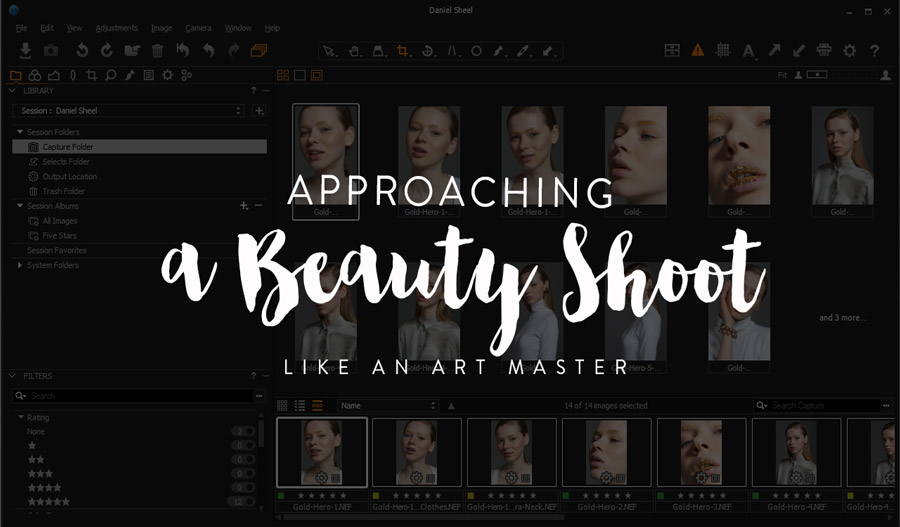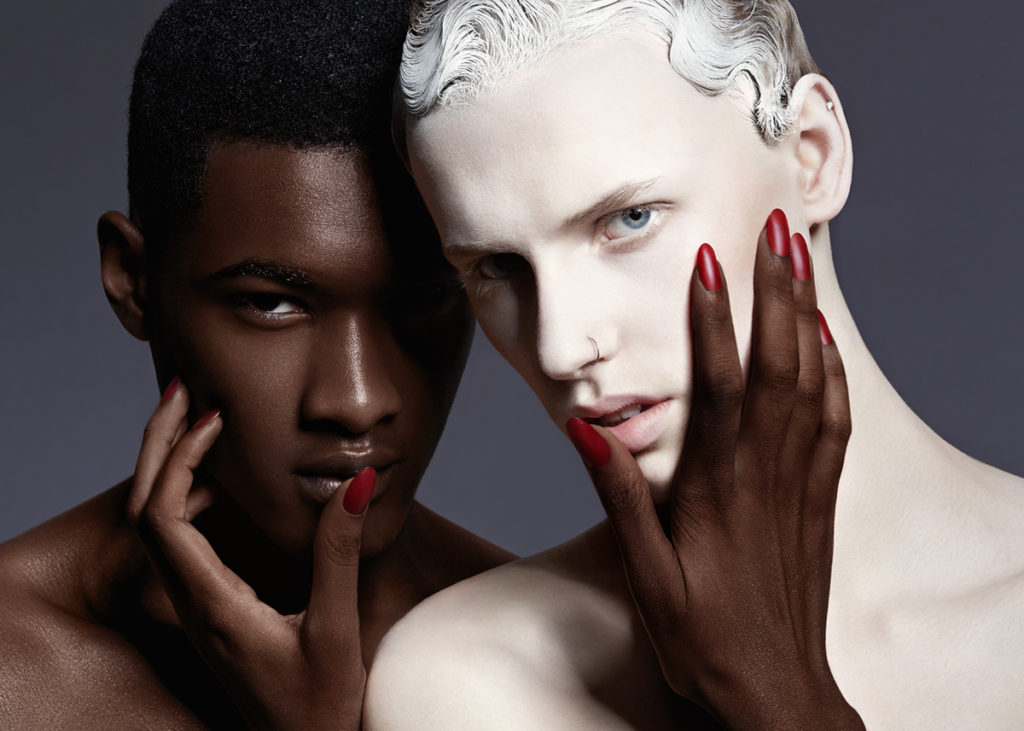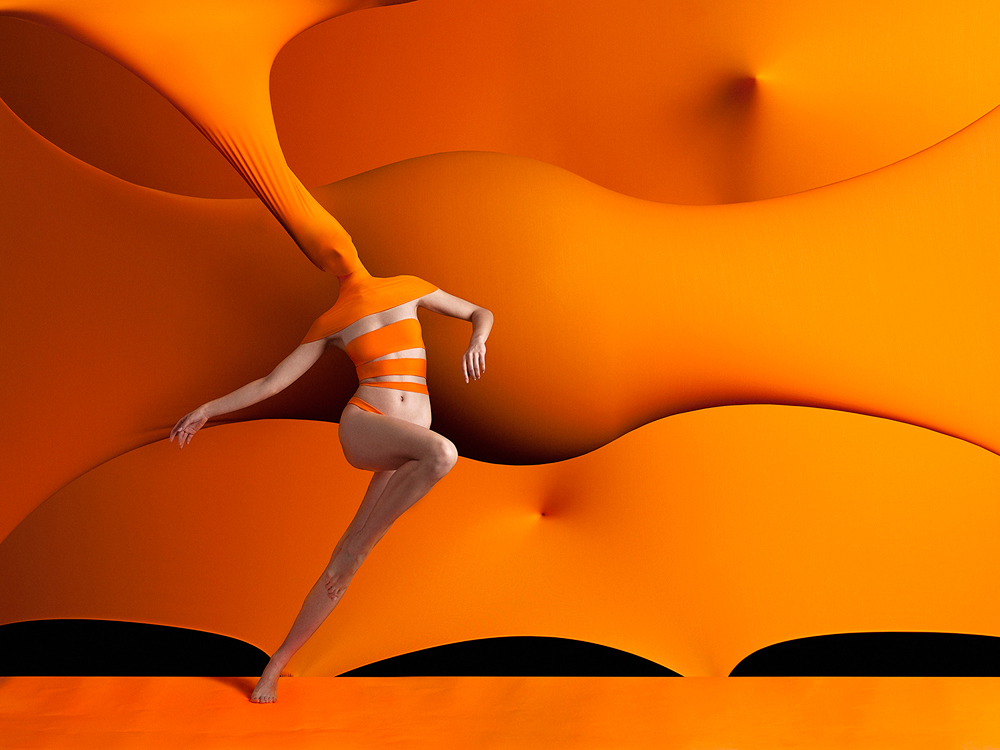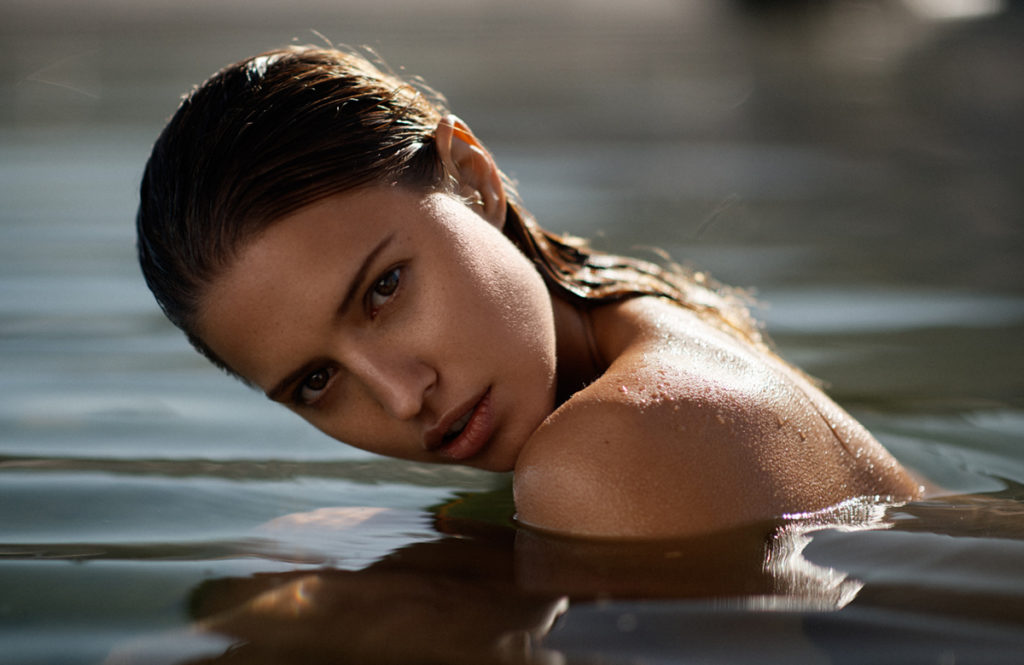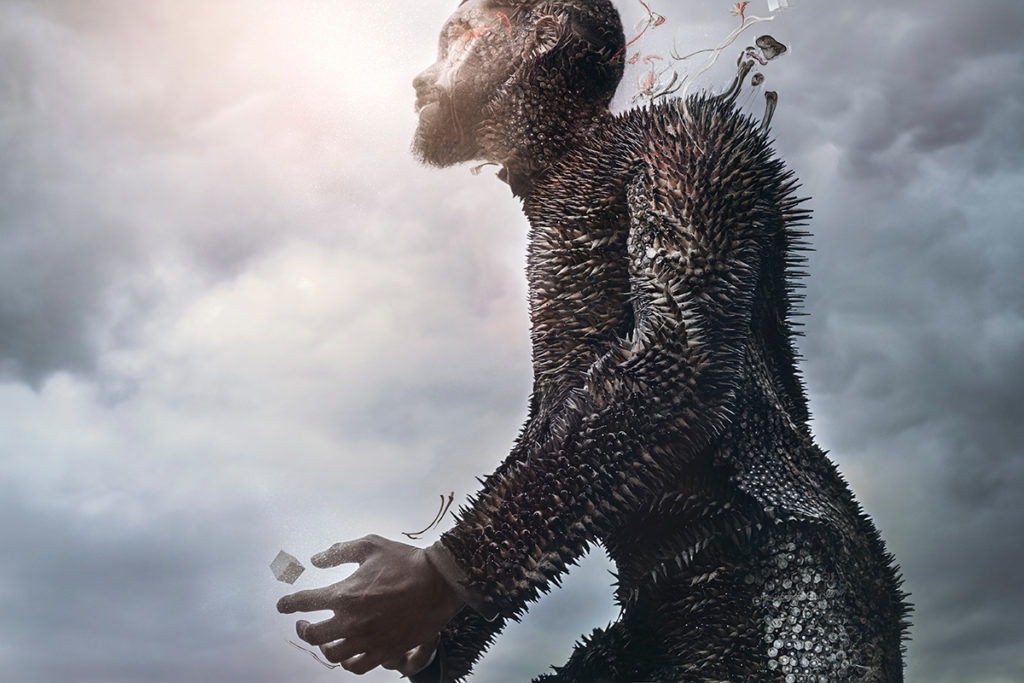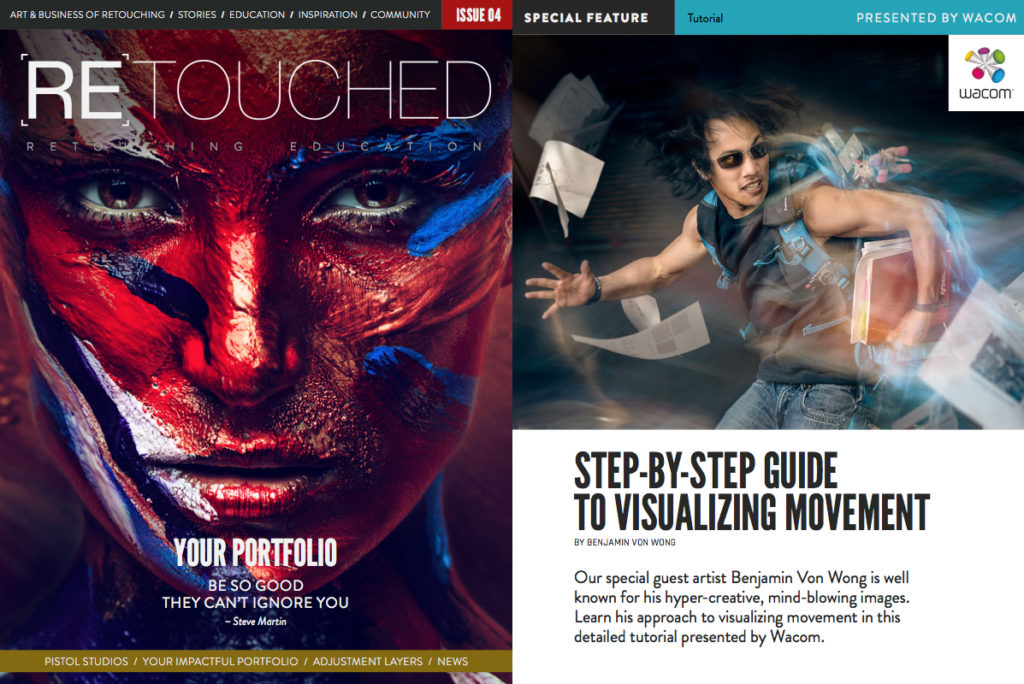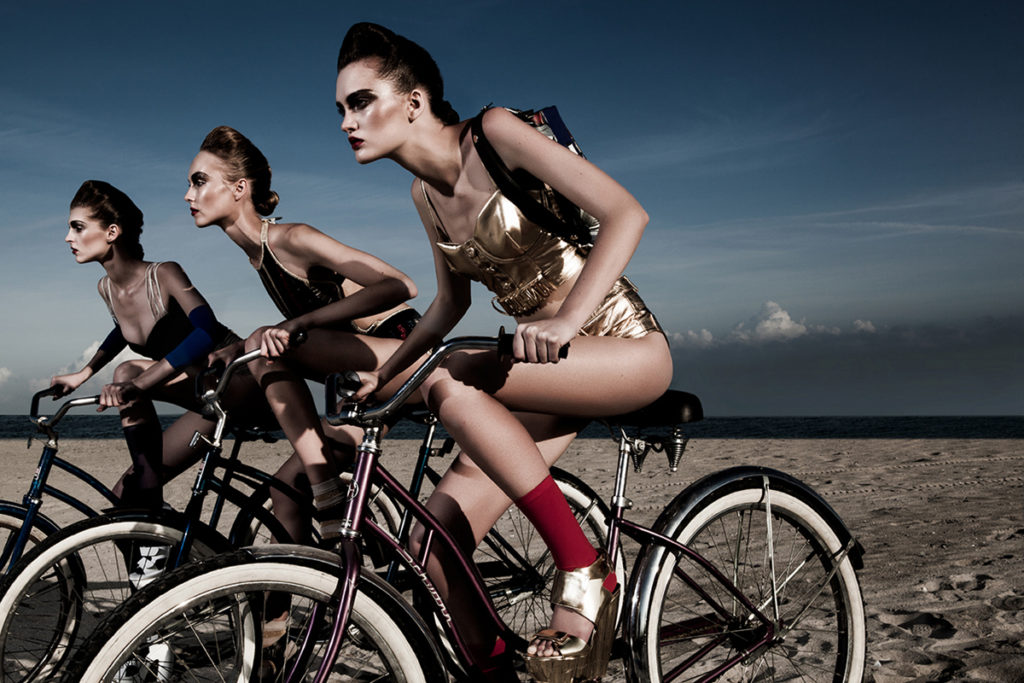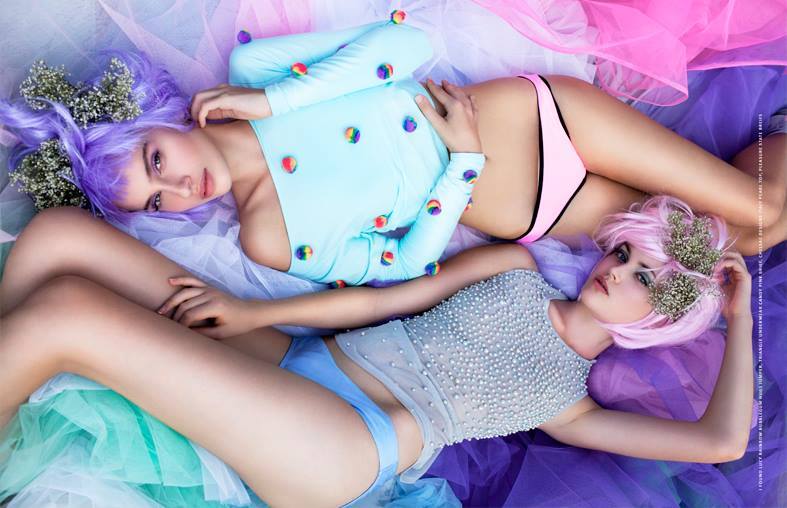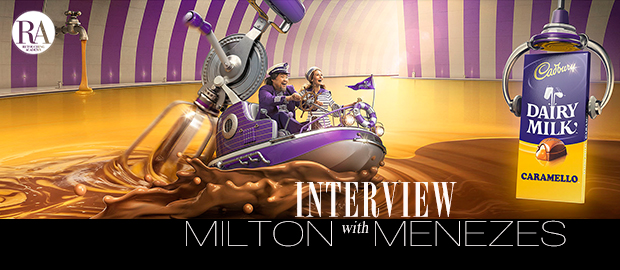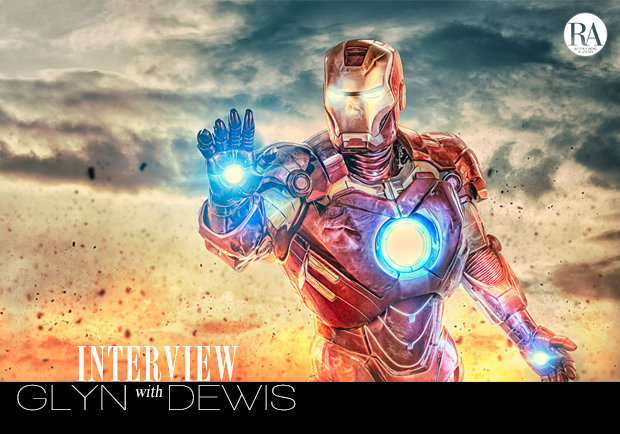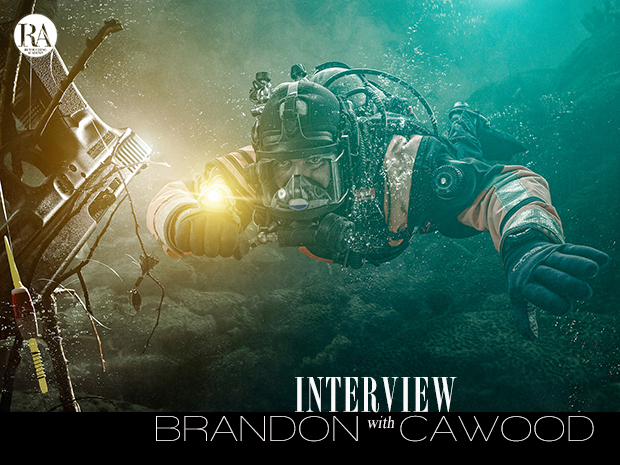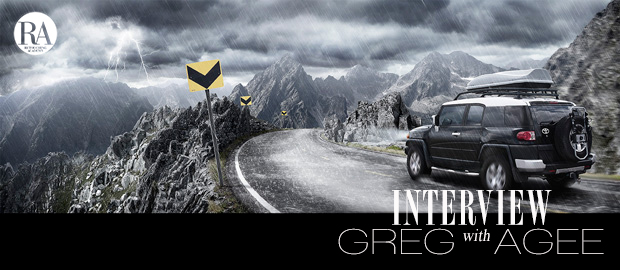I recently published my interview with one of my most favorite digital artists Alexia Sinclair on Fstoppers. My full interview, however, was much longer and I picked Alexia’s brain about her post-production stage & Photoshop as well specifically for the Retouching Academy followers and students.
Back in my Photography college in Australia (2008-2010), I was introduced to Alexia’s art by our teachers, and have been watching her growth and success ever since. Alexia Sinclair is a highly skillful photographer and a brilliant digital artist based our of Sydney, Australia. She is best known for her lavish fine art series, The Regal Twelve, that she produced over a three year period for her Master of Fine Arts.
I have been a huge fan of Alexia’s work for a very long time and I am very happy to share that Alexia and I are both invited to speak at the upcoming Nikon AIPP (Australian Institute of Professional Photography) Event 2014 in Gold Coast, Queensland in June 2014.
For those of you who have a habit of coming up with excuses for not working on big self-initiated project (no time, too much work, kids, family, etc.) I have to share this very motivating fact about Alexia: she just had a baby girl – Heidi Sinclair-Hill – five months ago, and it did not slow her professional life down a bit. She has just released her new gorgeous collection A Frozen Tale along with an inspiring BTS video, and a mind-blowing 360-degree photo panorama, which you will have the pleasure to view below in this interview.
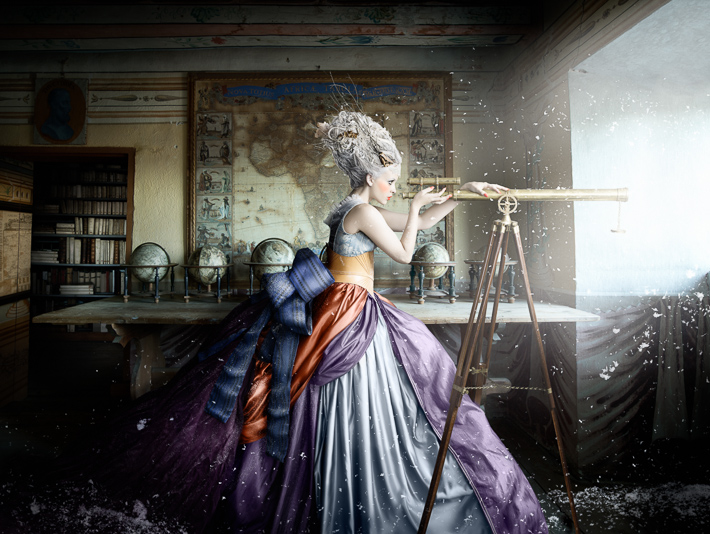
Let me share just a little bit more about Alexia’s background before we get down to the interview.
Alexia admits that it’s her background in digital media, photography, painting, sculpture and drawing that shaped her unique visual style and won her a swag of awards and scholarships. She has exhibited her artworks in museums and galleries throughout Australia, and internationally at festivals and biennials in France, Sweden, China and Korea. She also produces polished advertising campaign work and editorials for clients such as Qantas, Qld Ballet, NZ Opera, Visa, Marie Claire and Harper’s Bazaar magazines.
Her latest series that I’ve mentioned above, A Frozen Tale, Alexia shot in a castle in Sweden following an invitation from the director of The Royal Armoury of The Royal Palace in Stockholm.
.
Welcome, Alexia Sinclair
Julia: How long has it been since you first picked up a camera?
Alexia: My parents gave me my first camera when I was ten. With a background in dance and performance, I’d always loved to be in front and behind the camera. I purchased my first SLR when I was 17 to take with me to New Caledonia for my first trip overseas alone.
How long had you been shooting until your first publication and award?
I first exhibited in sculpture when I was 15 and have exhibited my photography work extensively ever since. My work has been featured in newspaper critiques throughout the years.
My first magazine spread was in Harper’s BAZAAR when I was 31, after winning the Harper’s Bazaar Canon Fashion Photography Award. That led to a series of National awards and exhibitions in premier spaces like the Australian Centre for Photography, and international shows in China and France.
You can read more about Alexia’s career path and art on Fstoppers: Interview With Australian Fine Art Photographer and Digital Artist Alexia Sinclair.
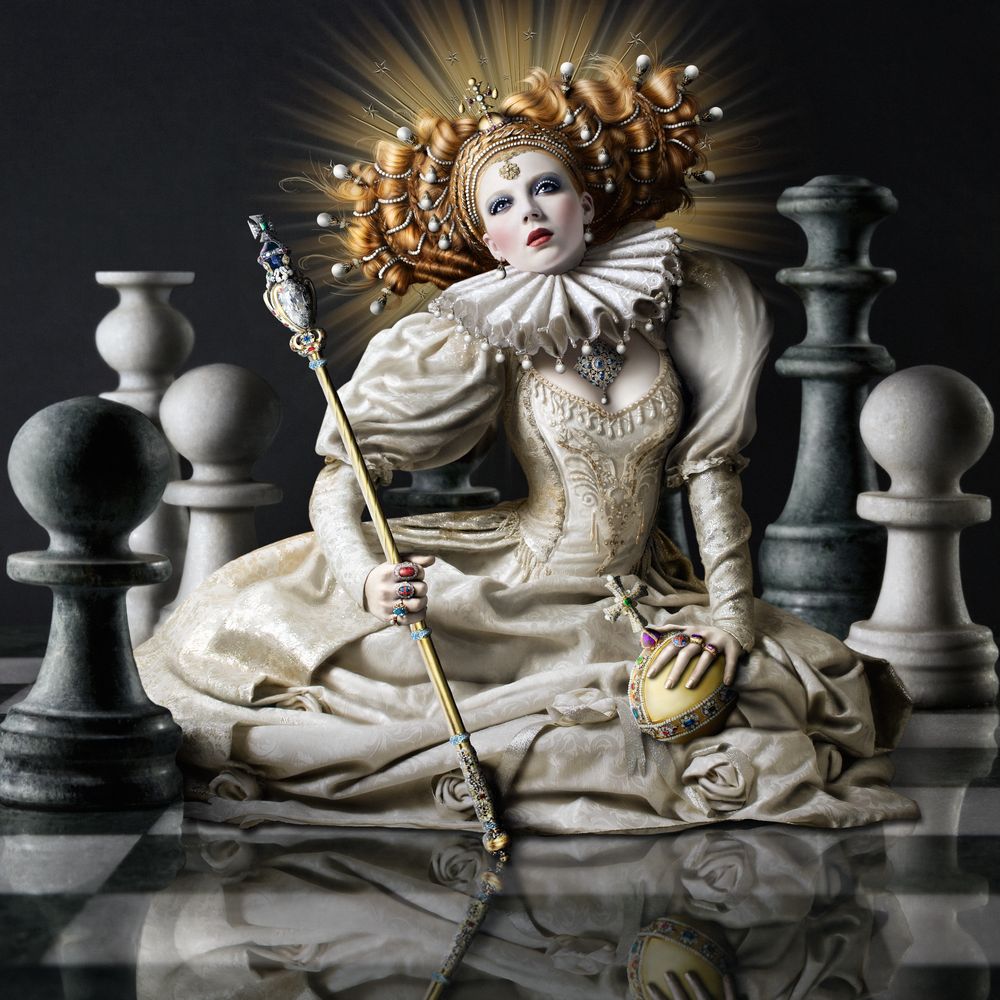
Your photo-manipulation and digital skills are amazing, but you also have portraits and beauty images among your collections, do you ever outsource simple retouching, or post-production is always all on you? What is your take on letting someone else work on your images?
I don’t outsource any of my post-production. Even the simple tedious things, like deep etching or dusting, is all done by me. It’s not productive, but at least I know I’m doing a thorough job. Anything beyond simple tasks needs to be completed by me anyway because it’s a big part of my unique style. Lots of photographers do outsource retouching because they prefer to be photographers alone without having to master Photoshop too. I love the balance of both worlds.
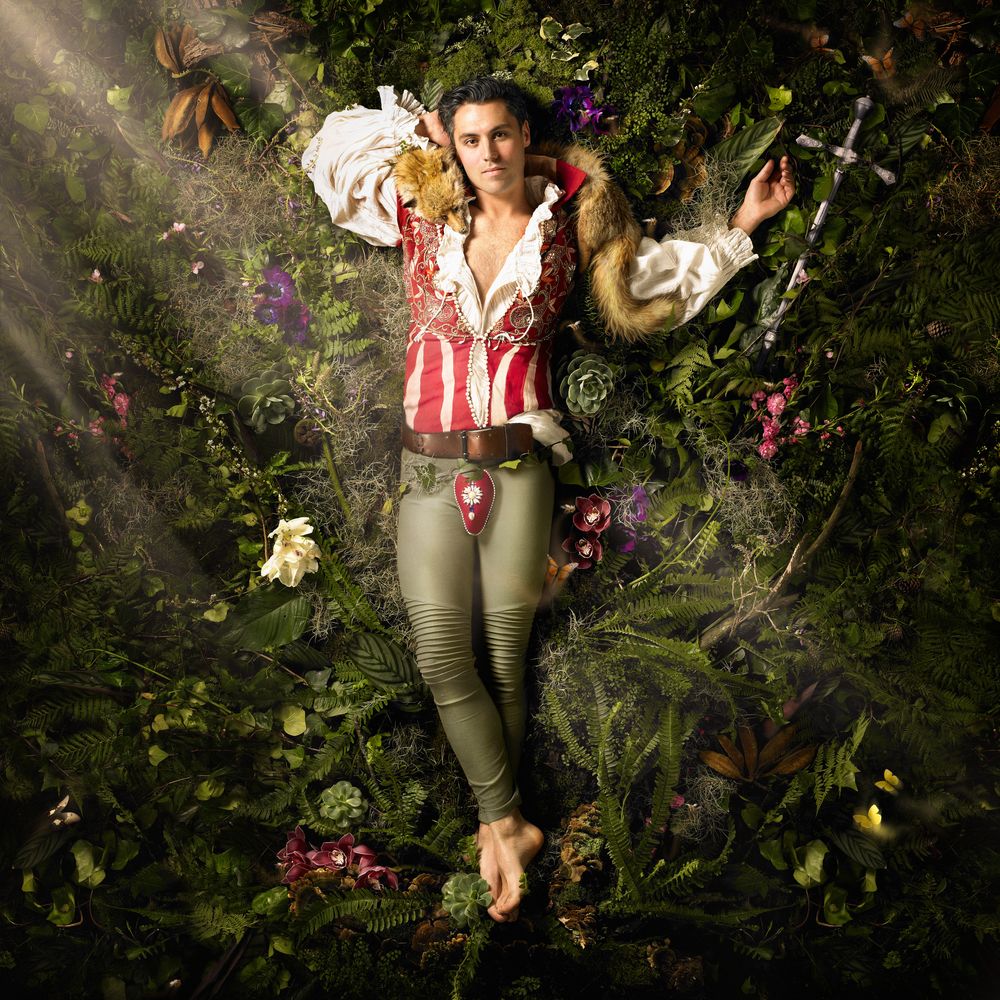
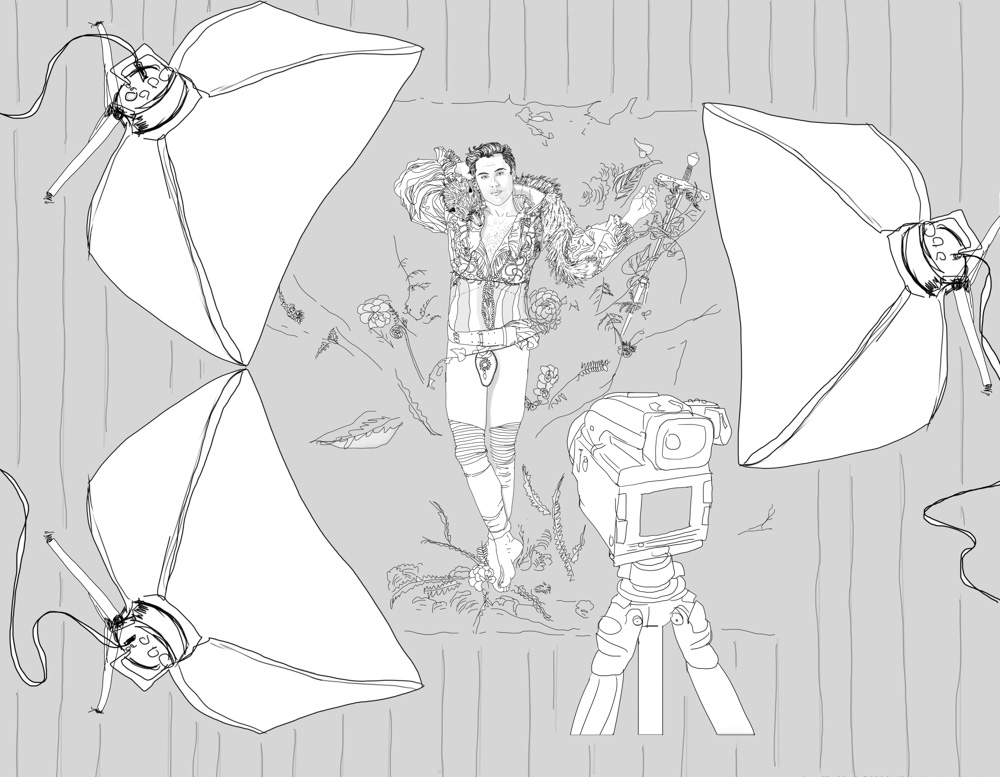
How long does it take you to complete post-production of one of your complex artworks. It’s obviously different for each piece, but on average – how many days/hours/weeks? When you begin the post-production stage, do you usually know what the final image should look like, or you let your creativity guide you as you progress with the artwork?
You’re correct, every piece is different. At different stages of my life I’ve completed work at different speeds, depending on how experimental I was being. Macbeth took me 20 hours to complete in post-production, where as pieces from my more elaborate artworks can take weeks. If I’m compositing a lot of components and spend a lot of time shooting new elements, I can spend a lot of time finessing.
And I usually have a fair idea of what I’d like the artwork to look like when I begin, but sometimes the work takes a whole new path.
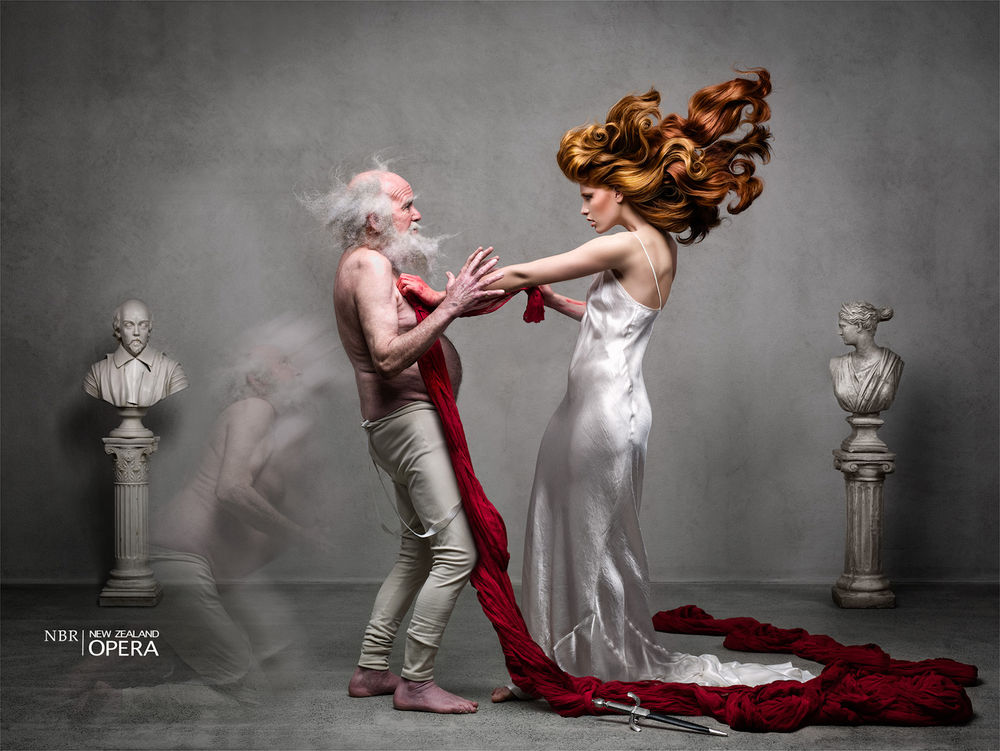
What is your working schedule like? Do you spend more time outside shooting or at home/studio working on the computer?
Most of my time is spent indoors either at the computer or in pre-production researching, developing through mood-boards and illustration, hand sewing costumes, or building props and sets. The shooting component is a relatively small part of my overall process.
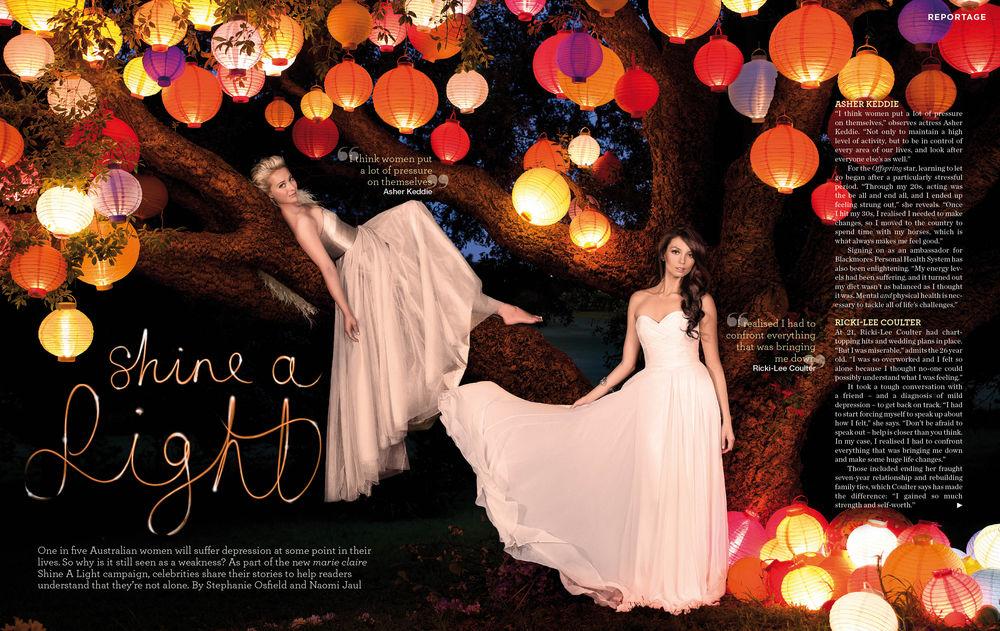
If a beginner photographer would like to learn to create beautiful digital art like yours what would you recommend they start with?
Photoshop is an enormous program, and no one on earth would use all of it and know how to use it all. It’s great to have a basic understanding of Photoshop, and then to stop and consider the kind of work you’d like to produce and how Photoshop can aid that process.
I think courses are the key to learning, certainly in the beginning, to keep you motivated. It can be too overwhelming otherwise because you need a goal to aim for and a purpose for each tool. Once you understand the skills that need refining, it’s important to learn everything you can about these tools and techniques, and really important to invest time into practicing on personal projects.
 Do you think those who have some history with drawing and painting have better chances at achieving great results in digital imaging? I teach retouching and I often see how those who have no eye for drawing and painting struggle with even simplest portrait retouching, what do you think about this connection (painting vs. digital photo-manipulation skills).
Do you think those who have some history with drawing and painting have better chances at achieving great results in digital imaging? I teach retouching and I often see how those who have no eye for drawing and painting struggle with even simplest portrait retouching, what do you think about this connection (painting vs. digital photo-manipulation skills).
I agree 100% that a background in drawing and painting has been an enormous advantage for me because I’ve already learned how to make an object look realistic and 3D.
A lot of Photoshop work relies on your hand alone, without automated assistance from tools, just as a painter with a blank canvas experiences. But this advantage comes from the practice and knowledge already devoted into these skills.
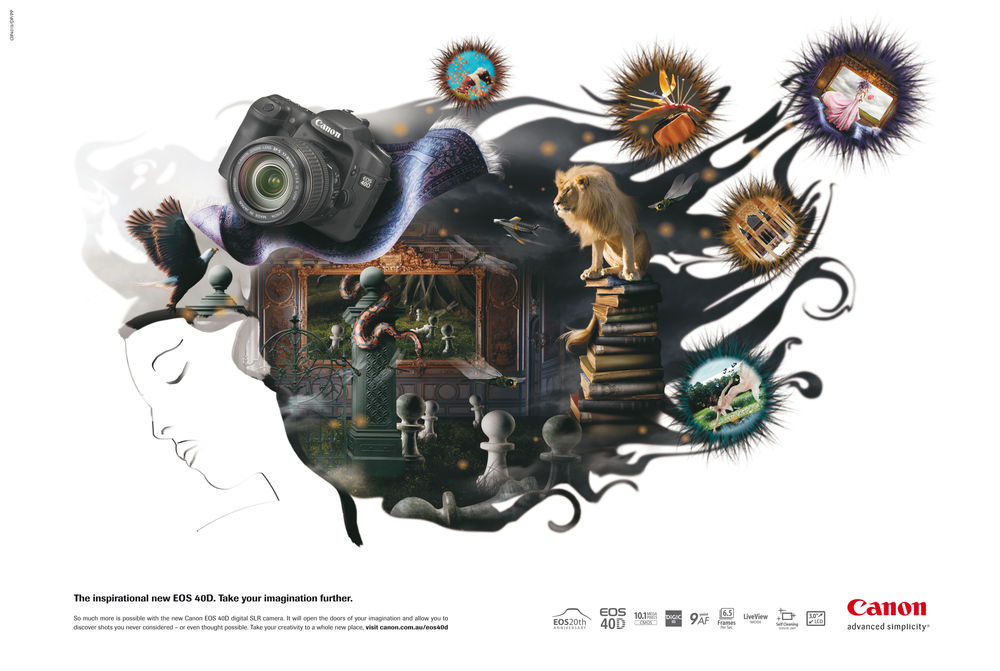
That’s not to say that everyone needs to be good at painting and drawing to use Photoshop. Not at all. These same skills can be learned in Photoshop without a prerequisite in Fine Arts.
I think the most important thing is to be observant. Analyze the world around you. Look in the mirror when you begin retouching faces, or look at the shadows in the room around you. Observing your world is so important because making things look real in Photoshop is all about the very world that surrounds us.
It’s also important to understand that no one is good at anything immediately. Time and practice makes a master of anyone devoted enough to their craft.
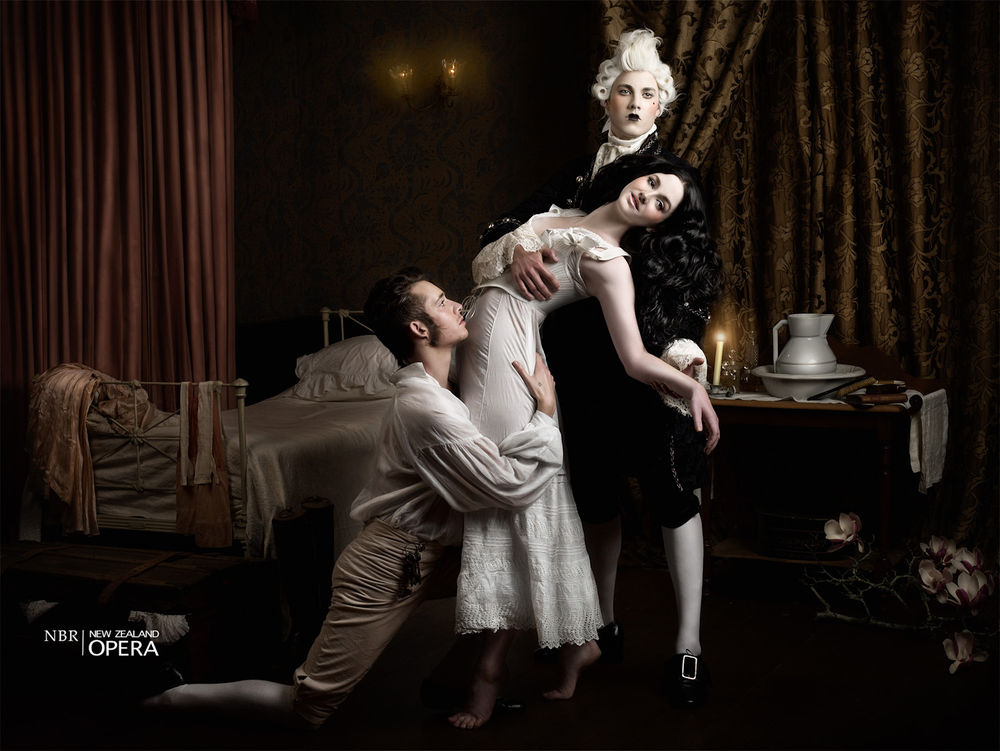
Do you photograph backgrounds and other details for your complex artworks, or do you sometimes outsource photos from stock photography collections? If not, please tell us a little bit about how you go about photographing those props – do you first plan the entire photo, sketch it and then collect and shoot separate details? It would be particularly interesting to hear about how you plan your lighting for your complex shots (and props shots).
Everything you see in my work is something I’ve personally photographed. I’ve never purchased photo stock, for several reasons.
Firstly, I want lots of variations of my backgrounds or props, giving me the freedom to produce the work exactly the way I’d like. I can also control the lighting and depth of field to match all of my other components.
Check out this awesome BTS 360º Panorama from Alexia’s shoot at an incredible location Skokloster Slott in Sweden:
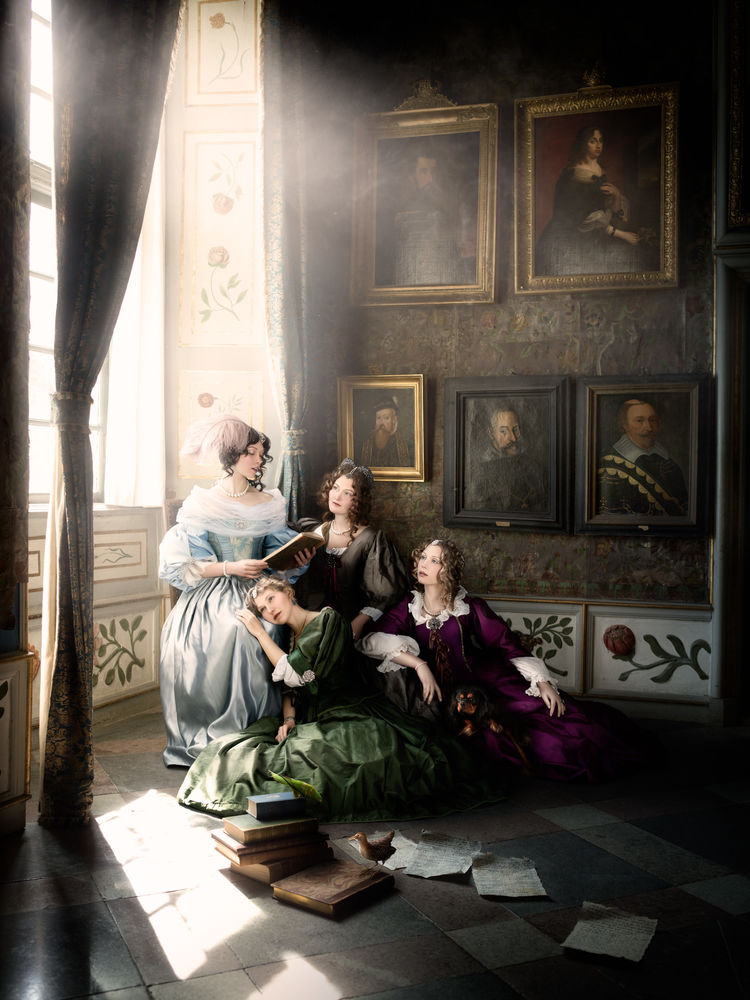
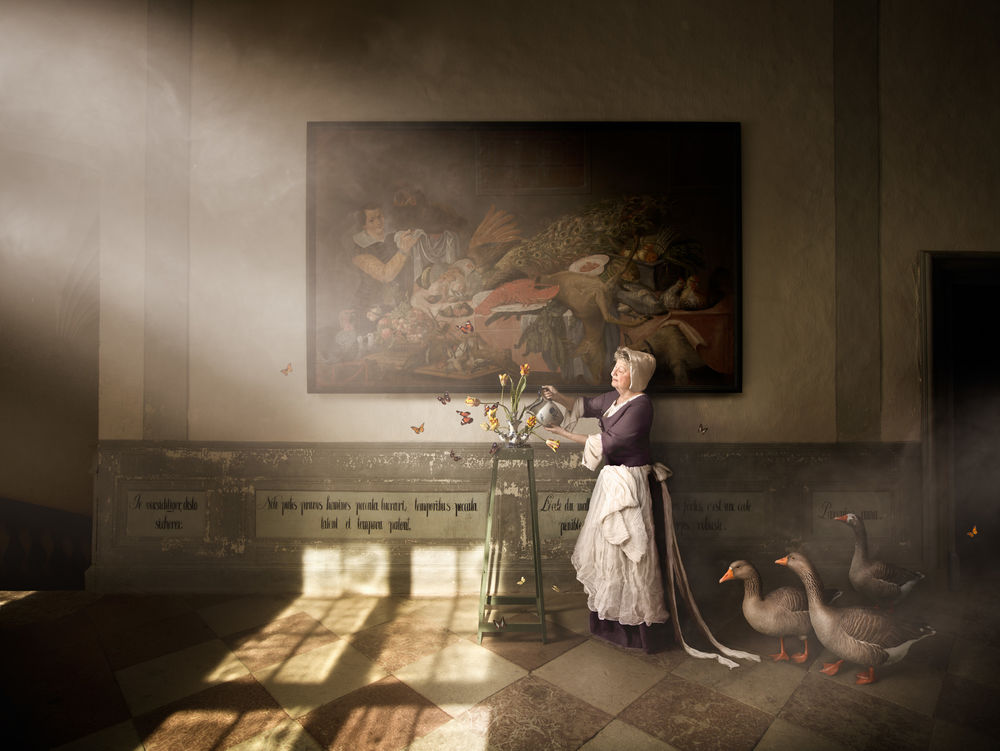
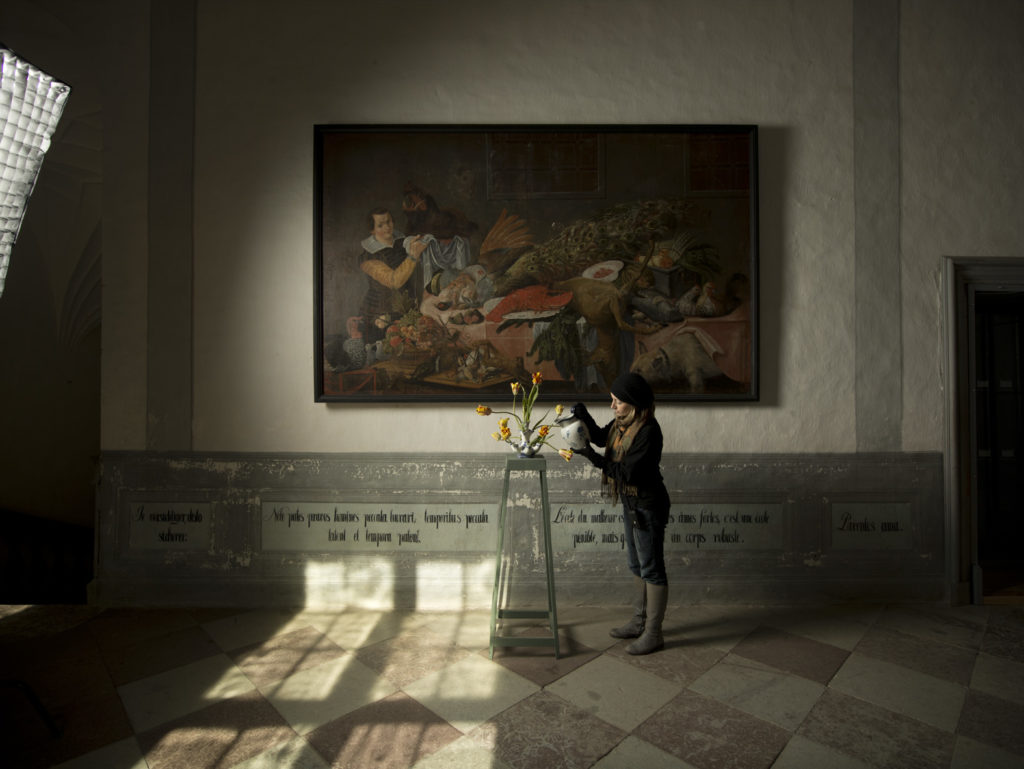
Also, when I produce a series, I’m not always certain of the life a series will have. Sometimes wonderful opportunities come my way and I don’t want to be limited with what I can do with my work.
If I shoot it, I own it. It’s as simple as that. Although it’s sometimes not simple to find the things I want, and they’re often on the other side of the planet… but I do love to travel!
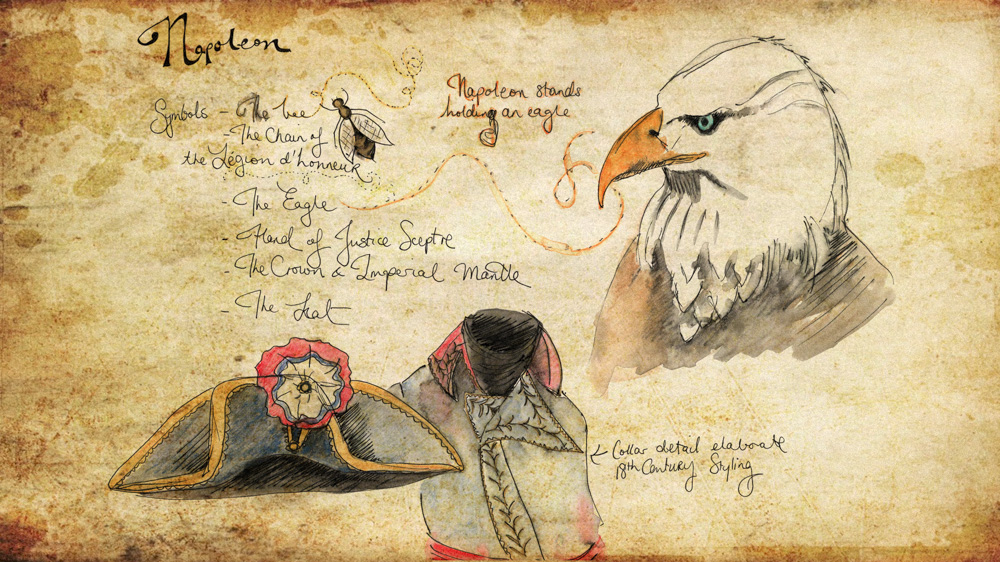
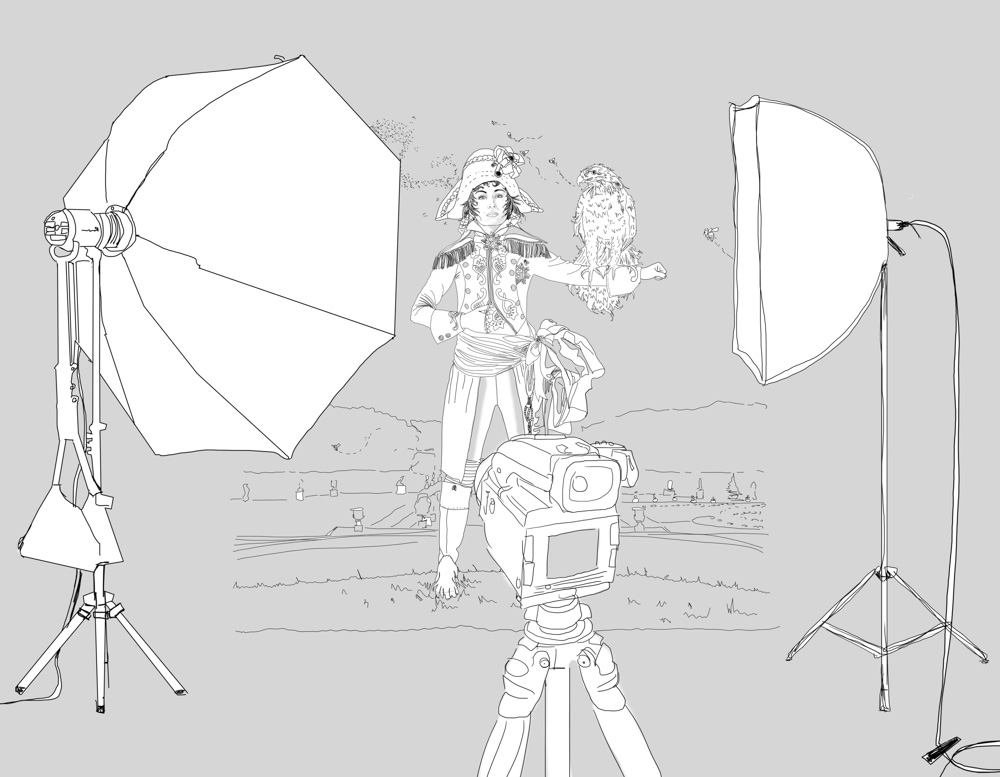
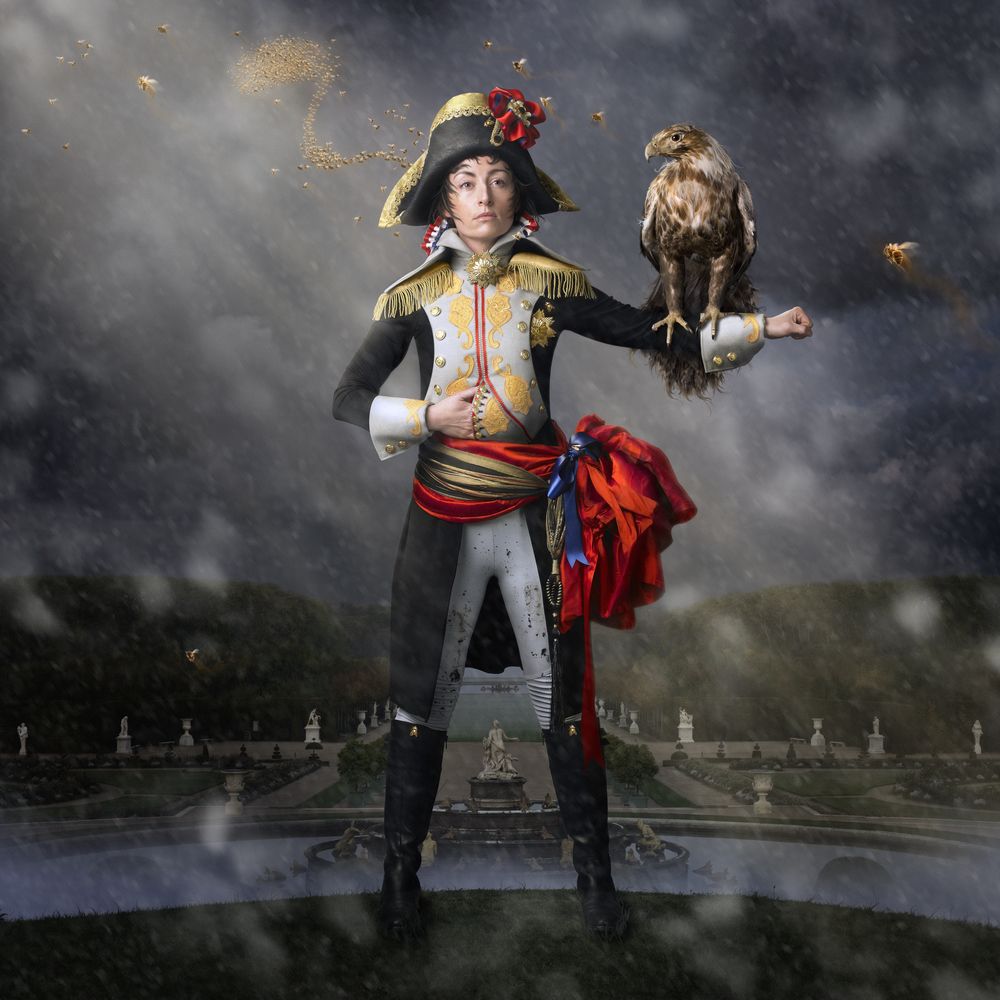
Do you already know what your next large project will be?
I’ve got lots of exciting projects I’m working on right now to release in the future!
This month I’m releasing a composite artwork to add to my series A Frozen Tale. I shot the whole series on-location in Sweden, and at the end of two exhausting days, I spotted an extraordinary room on our way out of the castle.
Without the time or resources to shoot another character on-location, I shot a background plate of this room to produce a composite artwork later. I shot a model for this artwork in the studio in Sydney when my daughter was only 17 days old, and we’re just gearing up to release this new artwork and a behind the scenes video shortly.
Titled The Cabinets of Curiosity, this new artwork celebrates The Age of Discovery. The castle, Skokloster Slott, is described as a cabinet of curiosities inside a cabinet of curiosities, and this room is filled with magical maps and globes displaying the wild things of new worlds of the 17th century in intricate detail.
Forming the hero image for the collection, the frosted fantasy figure embodies the series title: peering through a telescope out to the frozen lake beyond, as snow flakes drifts into the castle.
A Frozen Tale – Final Cut from Sinclair & Hill on Vimeo.
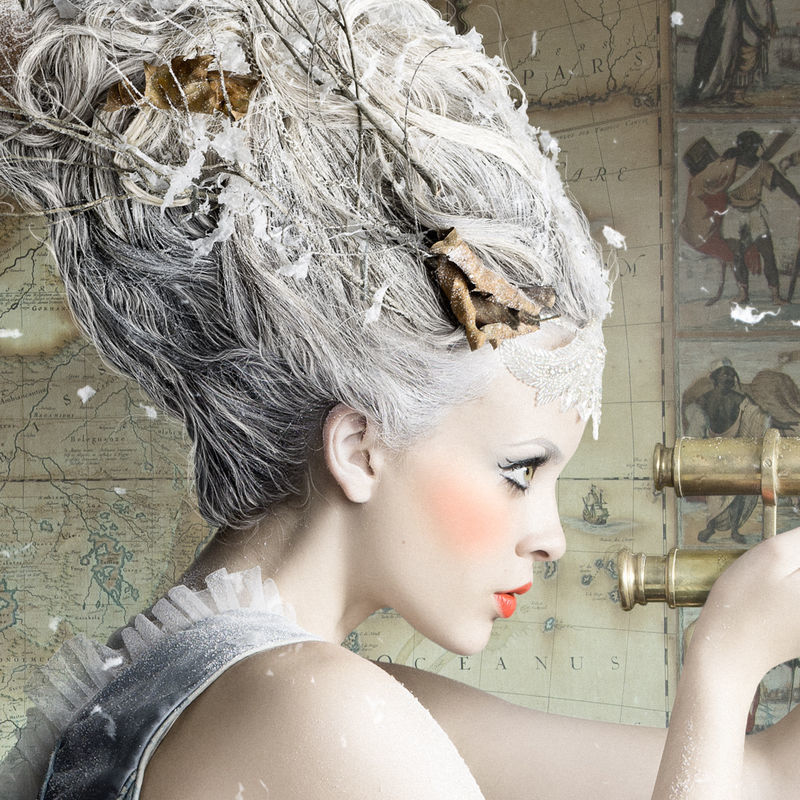
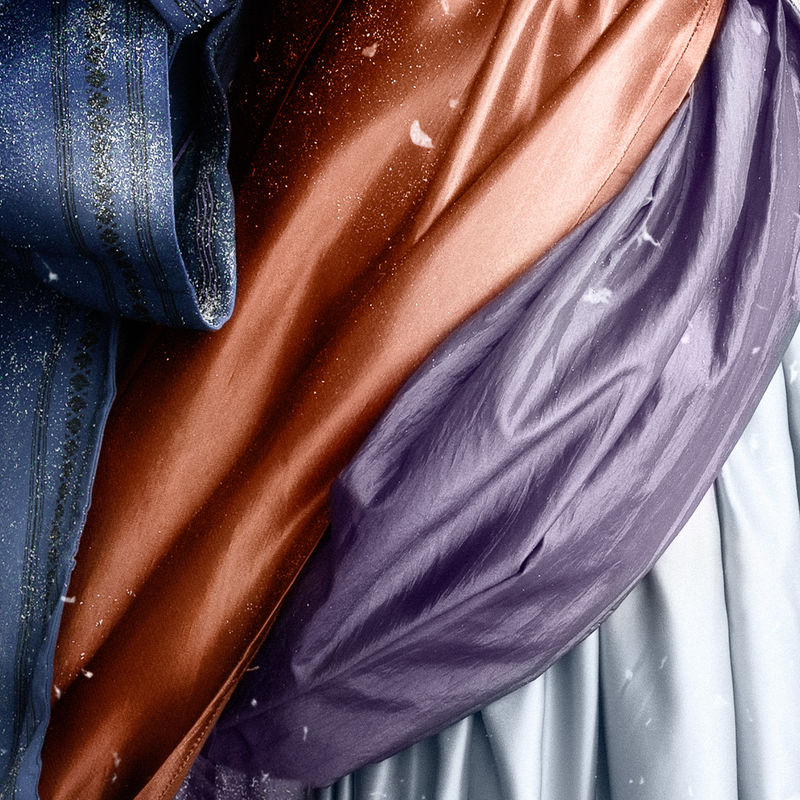
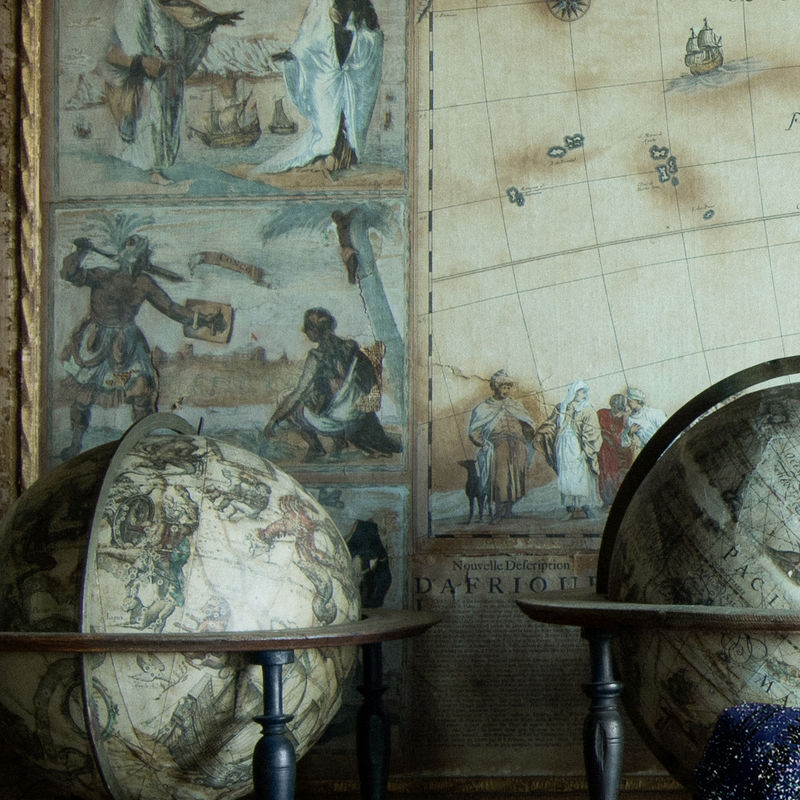
I hope you’ve enjoyed Alexia’s beautiful images and her very open answers. There’s so much I have learned from her not only through her BTS and time-lapse retouching videos over the years, but I am also amazed and motivated by how she overcomes all the obstacles on her way as an artist, and manages to produce such amazing artwork again and again.
You can see more of Alexia’s work on her website www.alexiasinclair.com and follow her journey on her Facebook page: Facebook.com/alexia.sinclair.photographer.
Check out Alexia’s Photoshop tutorials:


